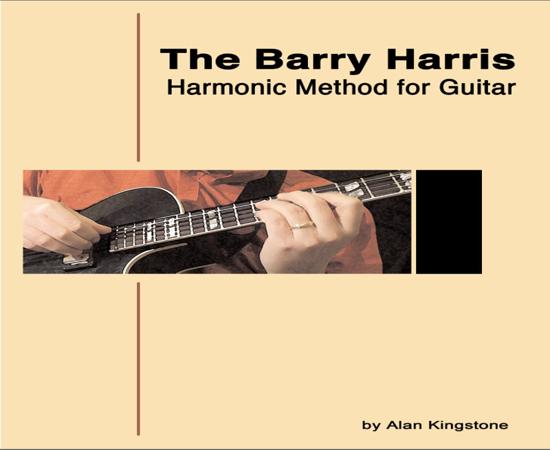The Origin of the Four Important Chord Types and Their Scales
Exploring the world of music theory often leads us to unravel the mysteries behind chord types and their corresponding scales. In this article, we delve into the origins of four essential chord types and how they interplay with various scales to create harmonious melodies. Understanding these fundamental concepts can elevate your musical compositions and improvisations to new heights.
Introduction
Music enthusiasts and budding musicians are often intrigued by the intricacies of chord progressions and scales. The harmony between chords and scales forms the backbone of musical compositions across genres. To truly grasp the essence of these elements, it’s essential to explore their origins and the theories that underpin them.
Benefits of Understanding Chord Types and Scales
Mastering chord types and scales opens up a world of possibilities for musicians. It enhances your ability to compose music, improvise with confidence, and understand the underlying principles of various musical styles. Whether you’re a pianist, guitarist, or any other instrumentalist, a solid foundation in chord theory can augment your musical journey.
Detailed Explanation of the Four Important Chord Types and Their Scales
1. Major Chords – The bright and uplifting sound of major chords stems from the intervals between its root, major third, and perfect fifth. When paired with the corresponding major scale, these chords evoke a sense of joy and resolution in music.
2. Minor Chords – In contrast to major chords, minor chords introduce a touch of melancholy and depth to compositions. Comprising a root, minor third, and perfect fifth, minor chords complement the natural minor scale to convey emotive qualities in music.
3. Dominant Seventh Chords – The spicy dissonance of dominant seventh chords arises from the unique combination of a root, major third, perfect fifth, and minor seventh. When intertwined with the mixolydian scale, dominant seventh chords inject tension and movement into musical phrases.
4. Half-Diminished Chords – Half-diminished chords, characterized by a root, minor third, diminished fifth, and minor seventh, exude a mysterious and introspective vibe. When harmonized with the locrian scale, these chords add a touch of complexity to harmonic progressions.
Frequently Asked Questions
1. How do chord types and scales relate to each other?
Chord types are constructed based on specific intervals, and scales provide the context in which these chords function harmonically. Understanding the relationship between chords and scales is pivotal in creating cohesive musical compositions.
2. Can I use different scales with the same chord type?
Yes, experimenting with various scales over a particular chord type can yield diverse tonal colors and moods in your music. This versatility allows for endless creative possibilities in composition and improvisation.
3. How can I apply the knowledge of chord types and scales in my playing?
By discerning the chord types present in a piece of music and selecting appropriate scales to solo over them, you can navigate harmonically rich landscapes with confidence and finesse. This skill enhances your musicality and improvisational prowess.
4. Are there any resources to deepen my understanding of chord theory?
One highly acclaimed resource is the Barry Harris Harmonic Method for Piano, which delves into advanced chordal concepts and their applications in jazz and contemporary music. the barry harris institute of jazz offers valuable insights for aspiring musicians seeking to expand their theoretical knowledge.
5. How can I access the Barry Harris resources mentioned?
To explore the Barry Harris book, gain insights from Barry Harris book reviews, or order the official materials, you can visit the barry harris official website. This platform serves as a hub for learning and discovering innovative approaches to chord theory and jazz improvisation.
Conclusion
Embarking on a journey to unravel the mysteries of chord types and scales can significantly impact your musical endeavors. By understanding the origins of these fundamental elements and their interconnectedness, you equip yourself with a powerful toolset for musical expression and creativity. Embrace the beauty of harmony and delve deeper into the realm of chord theory to enhance your musical prowess.

